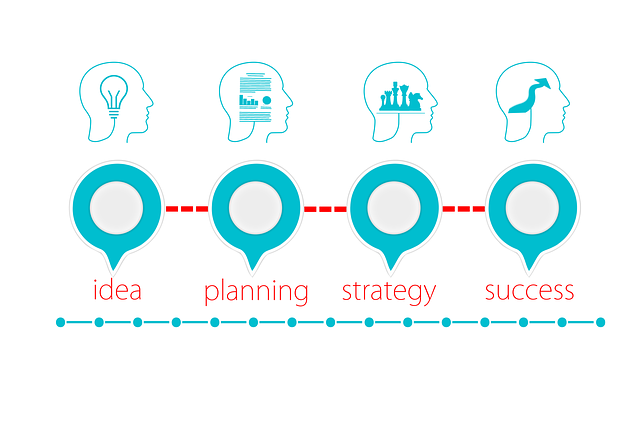In the competitive real estate sector, tracking key performance indicators (KPIs) such as occupancy rates, rental income, property value appreciation, sales volume, days on market, and customer satisfaction ratings is vital for strategic success. These metrics provide insights into market dynamics, tenant preferences, and investment performance, enabling professionals to make data-driven decisions, optimize strategies, and stay ahead in a dynamic market. Real estate businesses can identify trends, set targets, and adjust tactics based on KPI analyses, ultimately enhancing operations and gaining competitive advantages.
In today’s competitive real estate landscape, tracking performance using key metrics is essential for strategic growth. This article guides you through the process, starting with understanding fundamental metrics crucial for gauging success in the industry. We then explore how to choose relevant metrics tailored to your specific business needs. Finally, learn effective strategies for implementing and analyzing these metrics to foster informed decision-making and drive sustainable expansion in the dynamic real estate market.
Understanding Key Metrics for Real Estate Performance Tracking

In the realm of real estate, understanding key metrics is paramount for tracking and optimizing performance. These metrics serve as compass points guiding investors, agents, and property managers through the intricate landscape of market trends, tenant satisfaction, and financial health. By delving into essential indicators such as occupancy rates, rental income, and property value appreciation, stakeholders gain insightful knowledge into the overall productivity and potential of their real estate ventures.
For instance, occupancy rates provide a clear picture of market demand, while rental income offers insights into revenue generation. Property value appreciation, measured over time, reflects the effectiveness of investment strategies and market positioning. Leveraging these key metrics enables informed decision-making, enabling professionals to navigate the dynamic real estate environment with confidence and efficacy.
Choosing the Right Metrics for Your Real Estate Business

In the competitive world of real estate, tracking performance using key metrics is essential for success. When selecting metrics for your business, it’s crucial to consider what aspects of your operations are most critical to growth and profitability. For instance, metrics like property listing volume, conversion rates, and average sales price can provide valuable insights into your market position and sales team effectiveness. By focusing on these key performance indicators (KPIs), you can make data-driven decisions that drive results.
Choosing the right metrics depends on your specific real estate niche, target audience, and business goals. For residential properties, tracking occupancy rates, rental income, and property management costs can be insightful. Commercial real estate might prioritize metrics like lease renewal rates, tenant satisfaction scores, and the time to fill vacancies. Regularly reviewing these metrics allows you to identify trends, set achievable targets, and continually optimize your strategies, ensuring your real estate business remains competitive in a dynamic market.
Implementing and Analyzing Metrics for Strategic Growth

In the dynamic landscape of real estate, implementing and analyzing key metrics is a game-changer for strategic growth. Metrics like property sales volume, average days on market, and customer satisfaction ratings provide invaluable insights into the performance of agents and agencies. By tracking these figures over time, real estate professionals can identify trends, pinpoint areas for improvement, and make data-driven decisions to enhance their operations.
For instance, a sharp increase in the average days a property remains on the market might signal a need for more effective marketing strategies or price adjustments. Conversely, consistent high customer satisfaction ratings indicate successful client management and could be leveraged to build a solid reputation and attract new clients. Such analyses empower real estate stakeholders to adapt quickly, ensuring they stay competitive and meet evolving market demands.






